Author: Alex Shanks-Abel
Of the various components that go into producing a quality batch of beer, a few seem to receive the most attention, one of which is fermentation temperature. Regardless of the type of yeast, it’s widely accepted that cooler temperatures suppress the development of fruity esters, and in some cases can lead to increased phenols, whereas warmer temperatures encourage the production of esters and fusel alcohols.
Excusing the bevy of sensory data indicating tasters tend to struggle to distinguish between beers fermented at vastly disparate temperatures with certain yeasts, there are other strains that appear to be more sensitive to temperature including Imperial Yeast I22 Capri, a proprietary yeast created through the hybridization of two other strains.
While the metabolic activity of yeast has been studied for centuries, it has focused almost solely on beer and wine, which makes sense considering they’re among the most popularly consumed alcoholic beverages. However, with data suggesting the positive impact yeast can have when used to treat non-alcoholic hop water, I began to wonder what impact the temperature at which it’s “fermented,” or at least held for a period of time, might have, so I designed an xBmt to test it out!
| PURPOSE |
To evaluate the differences between a hop water fermented with Imperial Yeast I22 Capri at 72°F/22°C and one fermented with the same yeast at 110°F/43°C.
| METHODS |
For this batch of hop water, I went with a blend of Amarillo and Citra hops, which I’ve always enjoyed in beer.
Catch 22.2
5 gallons RO water
0.5 grams Sodium Metabisulfite
1 gram Gypsum
1 gram Calcium Chloride
1 oz/28 grams Amarillo
1 oz/28 grams Citra
1 pouch Imperial Yeast I22 Capri
I started this “brew” day by collecting two equal volumes of RO water in kegs and adjusting them to my desired mineral profile.
The filled kegs were submerged in separate water baths, one of which was placed in a spare room that maintains 72°F/22°C, while the other was placed in my garage, which during the hot Texas summer hovers around 110°F/43°C.
With both waters stabilized at their respective temperatures the next morning, I weighed out two identical sets of hops.
After adding the hops to stainless mesh filters, I dropped them into the kegs.
Once the hops were added, I pitched a pouch of Imperial Yeast I22 Capri into each keg.
After 4 days of “fermentation,” I removed the hops from each keg.
The kegs were resealed then placed on gas in my keezer. After a couple weeks of conditioning, both were carbonated and ready to serve to tasters.
| RESULTS |
A total of 23 people of varying levels of experience participated in this xBmt. Each participant was served 1 sample of the beer held cool after pitching the yeast and 2 samples of the beer held warm after pitching the yeast in different colored opaque cups then asked to identify the unique sample. While 12 tasters (p<0.05) would have had to accurately identify the unique sample in order to reach statistical significance, 18 did (p=0.000013), indicating participants in this xBmt were able to reliably distinguish a hop water held at 72°F/22°C for 4 days after yeast pitch from one held at 110°F/43°C for the same duration.
The 18 participants who made the accurate selection on the triangle test were instructed to complete a brief preference survey comparing only the beers that were different. A total of 2 tasters reported preferring the beer held cool, 10 said they liked the beer held warm more, 4 had no preference despite noticing a difference, and 2 reported perceiving no difference.
My Impressions: Out of the 5 semi-blind triangle tests I attempted, I correctly identified the unique sample 4 times. I perceived the hop water held cool as having a faint dank grapefruit aroma while the one held warm had a slightly sharp bitterness that seemed to linger on my palate. While I didn’t love either batch, I preferred the one held cool.
| DISCUSSION |
With the rise in popularity non-alcoholic beverages has come the development of unique options such as hop water, which is intended to satiate the desire for hops while allowing one to maintain sobriety. While not a necessary step, some makers of hop water have found adding yeast to have beneficial effects, which has led some to wonder about the impact of temperature. Interestingly, tasters in this xBmt were able to reliably distinguish a hop water held at 72°F/22°C for 4 days after yeast pitch from one held at 110°F/43°C for the same duration.
Considering the fact both of these batches were simply water with hops added, there was no real fermentation that took place, which means the perceptible differences were a function of something else. One plausible explanation has to do with the interaction of the yeast with whatever the hops contributed to the water, which might also explain the darker color of the batch held at a warmer temperature.
When making hop water, I’ve typically held them at 34°F/1°C after pitching the yeast, which has consistently resulted in nice hop character with minimal bitterness. To me, the batch held warm in this xBmt tasted like bland, bitter seltzer water with little hoppiness, whereas the batch held cool was closer to what I prefer. Of course, the overwhelming preference of the blind tasters was for the batch held warm, yet again confirming the subjectivity of preference.
If you have any thoughts about this xBmt, please do not hesitate to share in the comments section below!
Support Brülosophy In Style!
All designs are available in various colors and sizes on Amazon!
Follow Brülosophy on:
FACEBOOK | TWITTER | INSTAGRAM
If you enjoy this stuff and feel compelled to support Brulosophy.com, please check out the Support page for details on how you can very easily do so. Thanks!


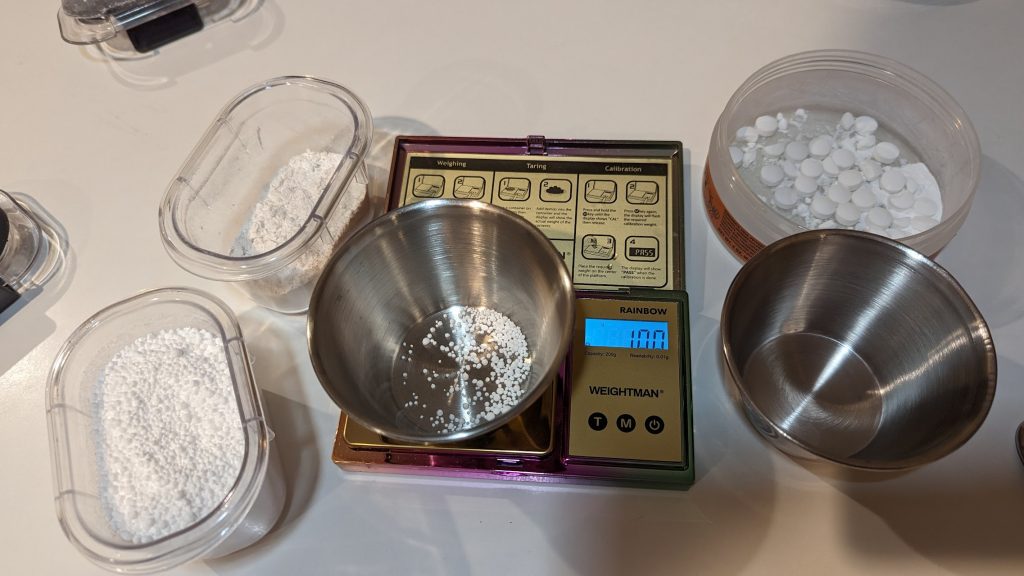
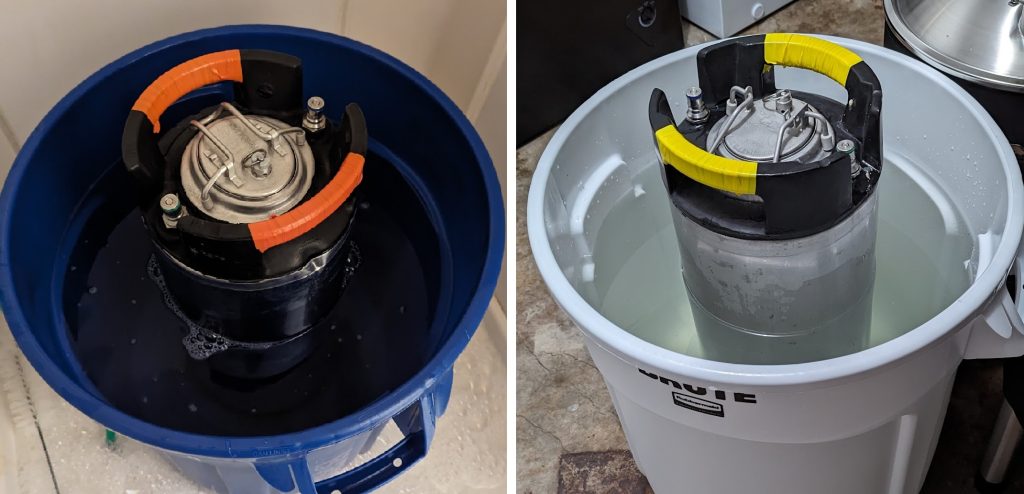
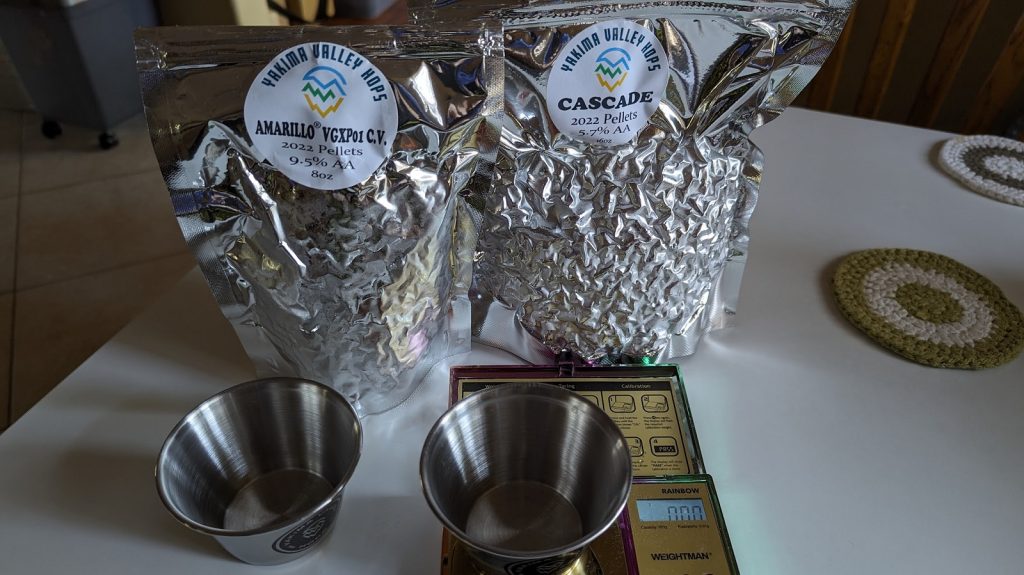
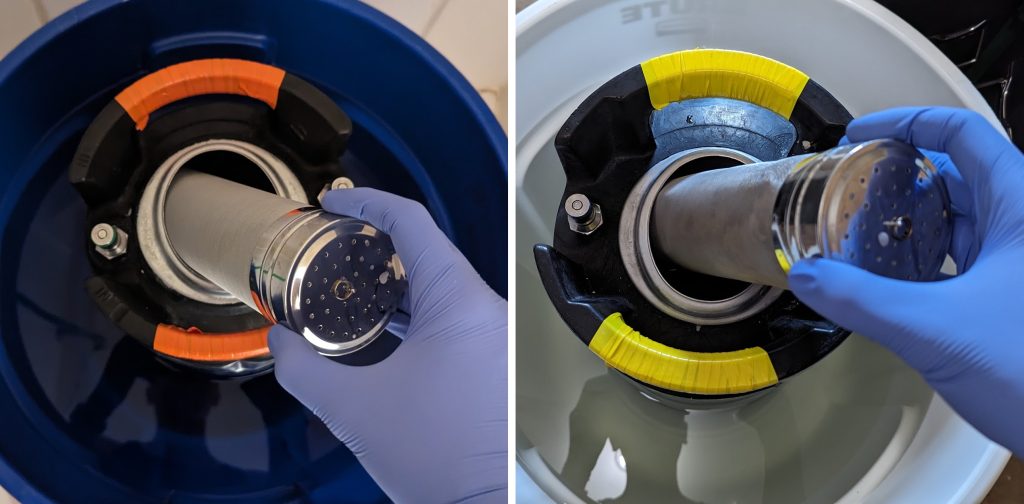
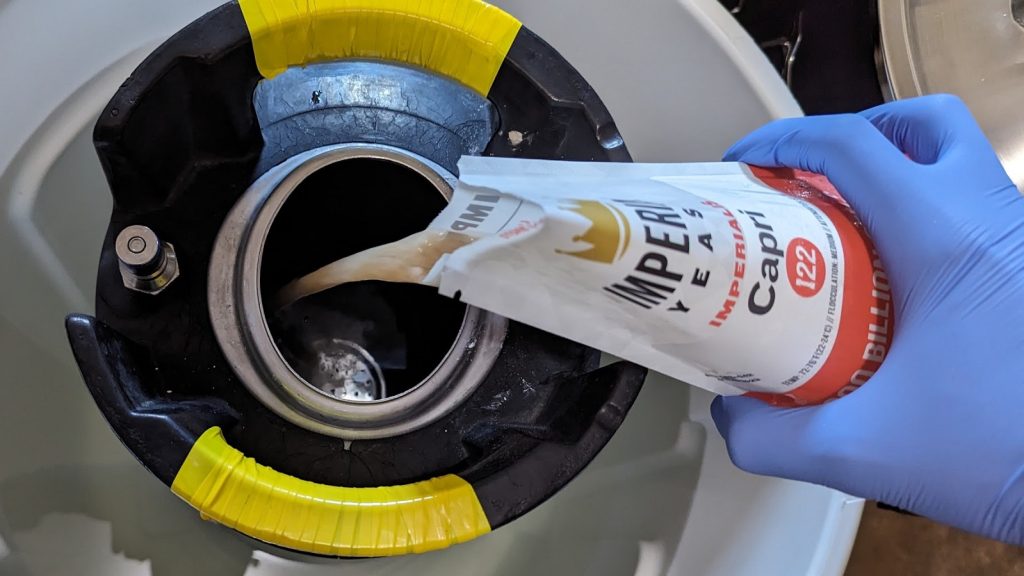
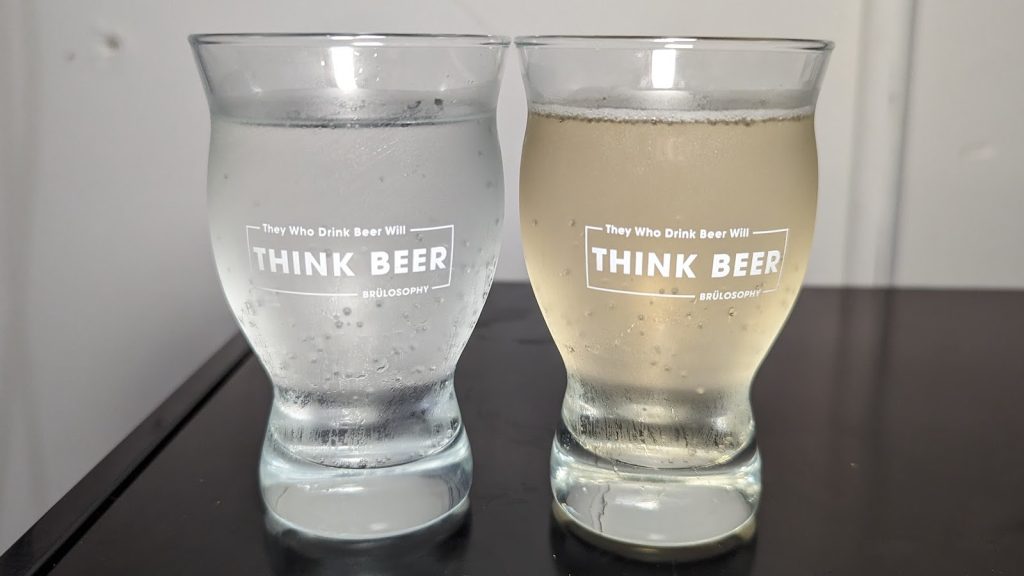











5 thoughts on “exBEERiment | Fermentation Temperature: Imperial Yeast I22 Capri In Hop Water”
Just to clarify, not boil at all on this? I haven’t made hop water before, but have been wanted to give it a try. Looks like this was even easier than other recipes I’ve seen!
Yep, only dry hops! It’s as easy as it looks!
If you want an even simpler recipe, I really liked how this batch turned out:
https://brulosophy.com/2023/04/10/exbeeriment-impact-acidification-has-on-hop-water/
Interesting with hop water. Is the colour possibly yeast in suspension?
Was the hops used Citra or Cascade? not that it makes much difference, only the recipe says citra and the photo is of cascade. lol
Nice experiment. I’d like to try hop water too. Did you use Cascade or Citra? You mention Citra in the recipe, but the picture shows Cascade.
I know it’s hard to separate out the variables on this one, but I’d be more inclined to think that the results are due to extraction of flavor compounds and tannins from the hops at the varying temperatures, rather than the yeast contribution. If anyone were to repeat this, I’d consider hopping first for a specified duration and at the same temperature, then removing the hops, pitching, and adjusting the temps.